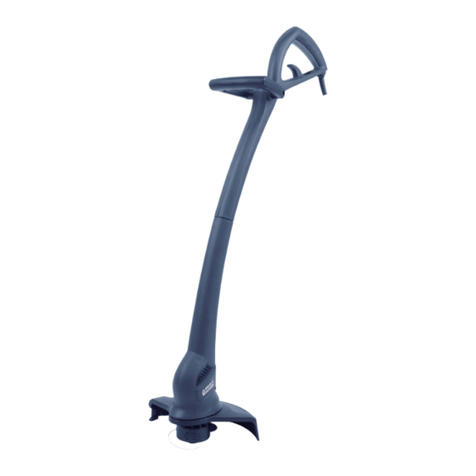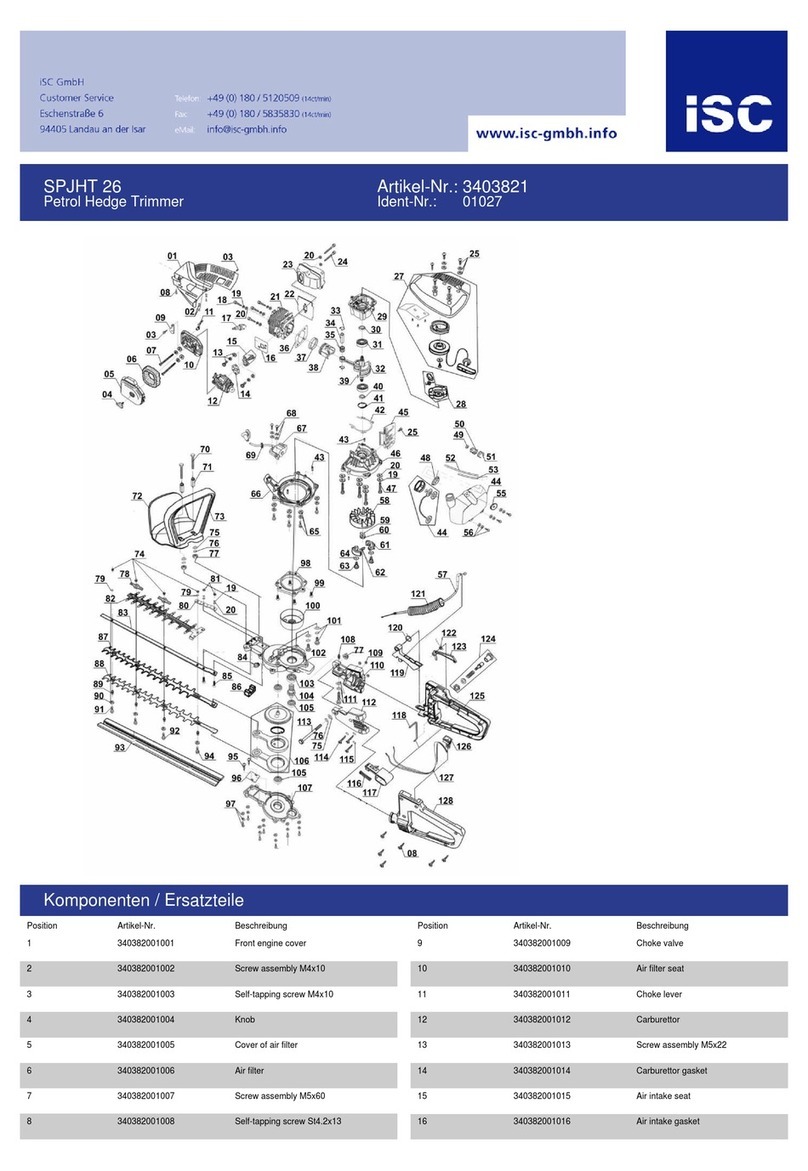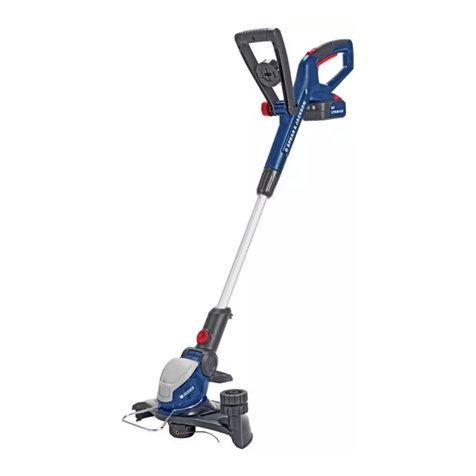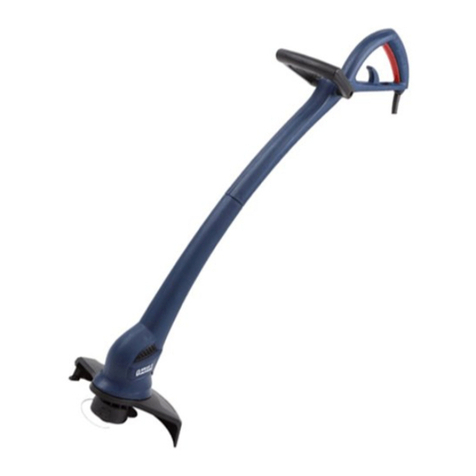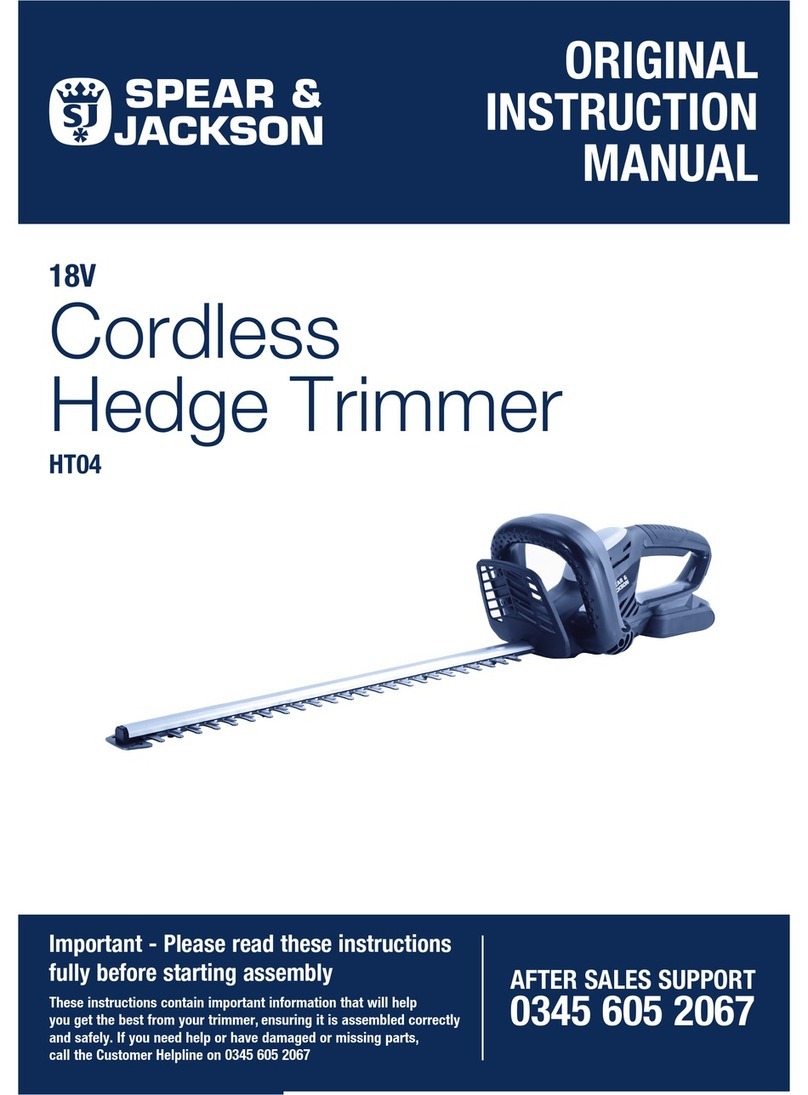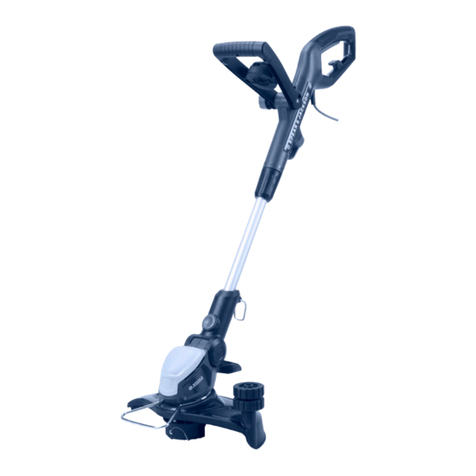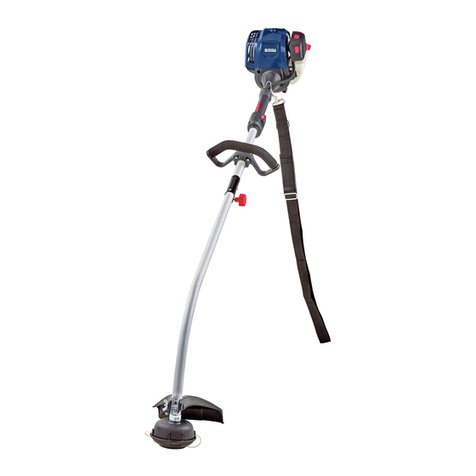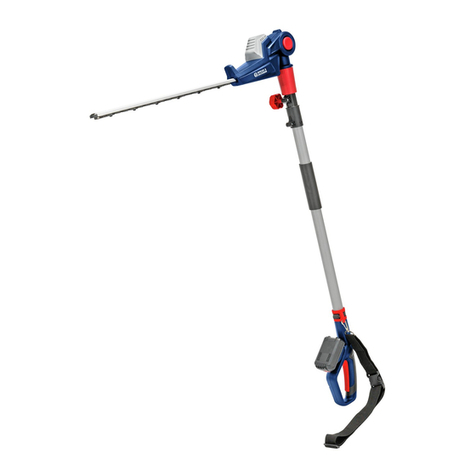9
Helpline No: UK 0151 649 1500 / IRE 189 094 6244
GB
Disposal and recycling
The unit is supplied in packaging to prevent its being
damaged in transit. This packaging is raw material
and can therefore be reused or can be returned to
the raw material system.
The unit and its accessories are made of various
types of material, such as metal and plastic.
Defective components must be disposed of as
special waste. Ask your dealer or your local council.
When using equipment, a few safety precautions
must be observed to avoid injuries and damage.
Read the operating instructions carefully and
comply with them. It is important to consult these
instructions in order to acquaint yourself with the
unit, its proper use and safety regulations.
Keep this manual in a safe place, so that the
information is available at all times.
If you give the equipment to any other person,
hand over these operating instructions as well.
We accept no liability for damage or accidents
which arise if these instructions have not been
adhered to.
1. General safety regulations
Explanation of the information plates on the
machine (Fig. 20)
1. Warning!
2. Read the instructions for use before use.
3. Protect from rain or wet conditions.
4. Wear eye protection and ear plugs.
5. Wear safety gloves.
6. Wear solid footwear.
1. This machine can cause serious injuries. Read
the instructions for use carefully to discover how
to use it correctly:
- preparation
- maintenance
- starting and stopping the machine
Make yourself familiar with all the adjusters on
the machine and how to use it properly.
2. Children must never be allowed to use the hedge
trimmer.
3. Take care near overhead power cables.
4. Do not use the hedge trimmer when people are
nearby, particularly children.
5. Wear suitable clothing. Do not wear loose
clothing or jewelry as it may get caught in moving
parts. We recommend that you wear strong
gloves, non-slip shoes and safety goggles.
6. Stop the engine or pull the mains plug before the
following:
- Cleaning or removing a blockage
- Inspection, maintenance or other work on the
machine
- Adjusting the working position of the cutter.
7. If the angles of the cutter and/or the length of the
shaft can be adjusted on the hedge trimmer, do
not hold the blades when adjusting the working
position of the cutter. Always make sure that the
cutter is in the correct working position before
you start the engine or connect the plug to the
mains supply.
8. Always stand in a safe position whilst using the
machine, particularly if you are using steps or a
ladder.
9. Handle fuel with care, it is highly inflammable.
Never place fuel in a machine whose engine is
running or hot. Do not inhale fuel vapors, they
are toxic.
10. Do not carry out any repair work on the machine
unless you have been trained to do so.
11. Do not use the machine if it has a damaged or
excessively worn cutter.
12. To reduce the risk of fire ensure that the engine
and silencer are clear of deposits, leaves and
lubricants.
13. The machine may exceed 85 db (A) at the
workplace. The operator will require noise
protection measures and ear muffs if this is the
case.
14. Always make sure that all the handles and safety
equipment are fitted whilst you are using the
machine. Never attempt to use an incomplete
machine or one that has been modified illegally.
15. Always use both hands if the hedge trimmer is
fitted with more than one handle.
16. Always place the cover over the cutter when
transporting or storing the machine.
17. Important. This hedge trimmer is suitable for
cutting hedges, bushes and shrubs. Any use
which is not expressly permitted in manual may
result in damage to the hedge trimmer and place
the user in serious danger.
18. If it becomes necessary to stop the machine
immediately, set the ON/OFF switch to “Stop” or
“0”
19. Make yourself familiar with your surroundings
and watch for possible dangers that you may not
be able to hear due to the noise generated by
the machine.


